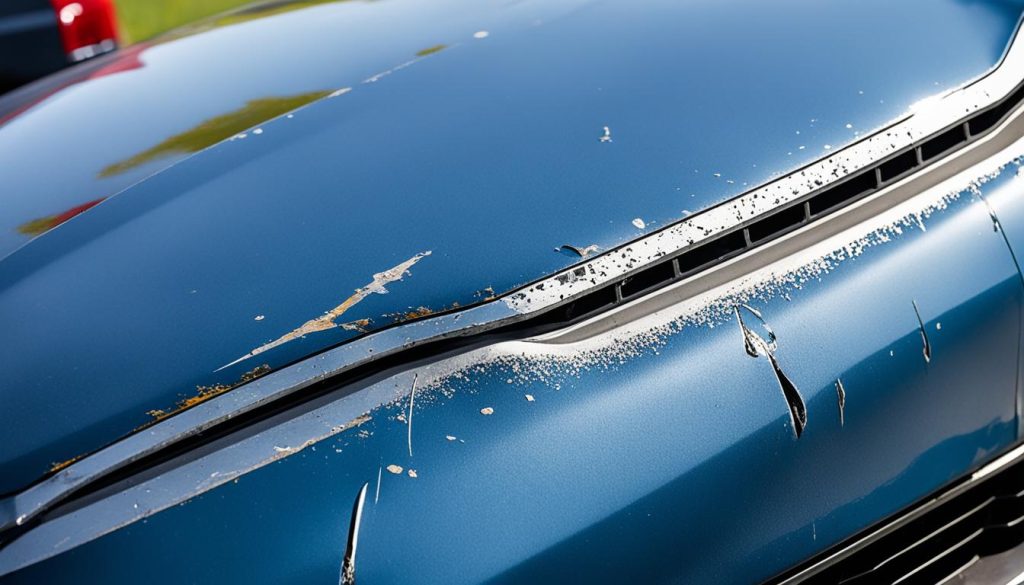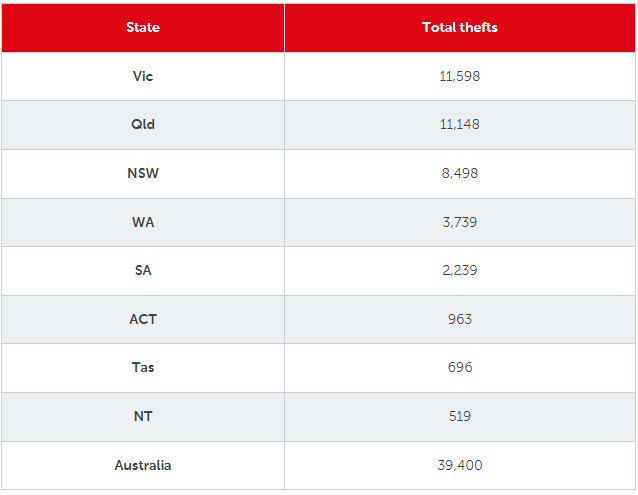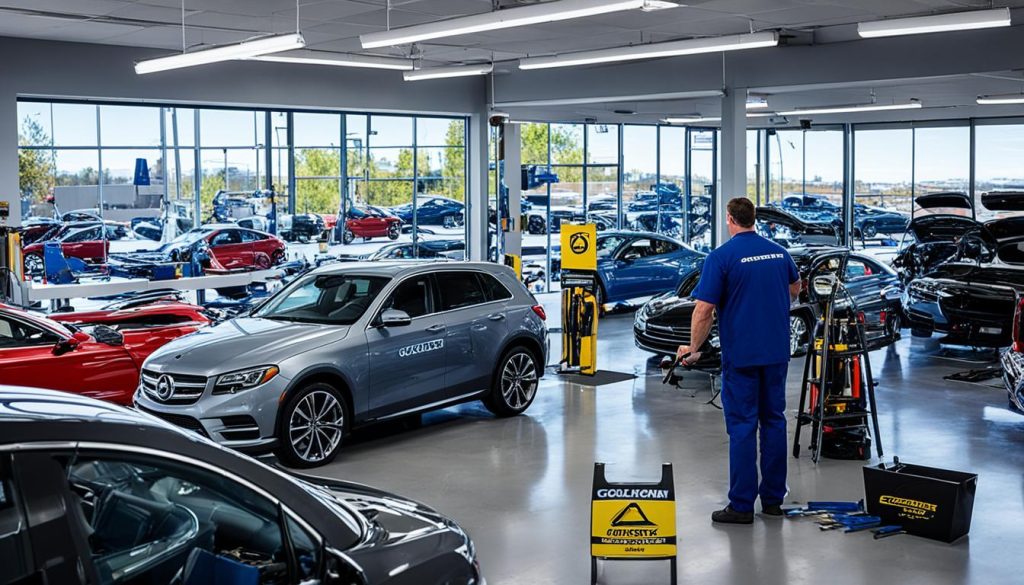Tackling a vehicle restoration in your home garage is as much about enjoying the journey as it is the final product. Nevertheless, without the right tools and equipment, that enjoyment can quickly turn to frustration and setbacks. Of all the things that can improve your odds, a properly installed compressed air system can be a game changer. Not only does it simplify the restoration process, but it can greatly improve the overall results of your work.
At some point you have to accept that running air tools requires more than a portable compressor and 50 feet of hose. You’re going to want a more permanent solution if you’re going to be painting, blasting, or continuously running pneumatic tools. This is the only way to ensure an ample supply of clean, dry, reliable air for everything you need.
Setting up a compressed air system in your home garage is pretty straightforward when you understand what’s required. You can break the components into several key categories: supply, delivery, conditioning, and appliances or tools. Here, we’ll show you how to set up a basic two-car garage for blasting, painting, and running air tools.
Supply
At the heart of your compressed air system is, well, an air compressor. And while small portable compressors are fine for running small tools and keeping tires inflated, restoration processes require volume. For a typical automotive paint job, a tank of at least 60 gallons is recommended to ensure a steady supply. This helps to maintain consistent pressure and airflow throughout the painting process. Otherwise you risk pulsation or pressure drops that can affect the quality of the finish.
It’s also important to consider the compressor’s duty cycle, which is the amount of time it can operate continuously without overheating. For prolonged painting sessions, a compressor with a high duty cycle (at least 50% or more) is preferable to prevent interruption during operation.
Traditional reciprocating compressors with large air tanks are the default choice for many home hobbyists. They’re the most affordable type, but they have several drawbacks including noise. If you’ve ever been in a workshop with a loud compressor running constantly, you know what a nuisance they can be. They also tend to have shorter duty cycles than other compressor types, like a scroll compressor.
Scroll compressors are a more expensive option, but they run much quieter, often at a level similar to conversations. Combined with nearly vibration-free operation, they’re ideal for a home garage where family comfort considerations are often a priority. In addition to their smooth, quiet running, many scroll compressors can also run constantly with a 100% duty cycle.
Regardless of which compressor type you select, locate it near the garage door opening and away from interior walls. Keeping it out of a tight corner ensures an adequate supply of fresh air for the compressor. This also provides distance between the compressor and your workspace and minimizes any impacts on indoor comfort.
Delivery
Getting the compressed air to points around the shop involves air lines. And while you can certainly run hoses directly from the compressor to your tools, a hard line system has advantages. For one thing, you’ll be able to install multiple access points (manifolds) around the shop for convenience. This means you can leave multiple tools attached to air and ready to use any time. It also means you won’t be dragging hoses all over the place.
Modern flexible aluminum air tubing kits, like those from RapidAir, let you run and install hard lines quickly with minimal effort. By fitting hard-mounted manifolds at strategic points throughout your garage, have the convenience of air where you need it. These manifolds can also be fitted with drains to allow moisture to be removed.
In addition to hard lines, we also recommend having at least one retractable hose reel for convenience. These mount on either a ceiling or a wall, preventing clutter. Place a hose reel on the end of your system as a last connection. Experience also tells us to put this near the garage door. This allows you to use tools on the driveway, and lets you fill up tires and toys outside the garage.
Conditioning
Normally when we talk about air conditioning, we’re talking about making our interior environment more comfortable. Many of the same principles used in your A/C system apply to conditioning compressed air. These include removing moisture and cooling the air, as well as filtering dirt and debris.
An often overlooked element in home-installed compressed air systems is a cooling kit. When air is compressed, it heats up. And when it cools, airborne moisture condenses and forms water in the lines that can damage tools and paint. A cooling kit is designed to reduced air temperature before it reaches any of the outlets or tools. In the process, water condensation is trapped early on, reducing its effects downstream.
Other conditioning devices include filters and dryers installed at the point of use. Some equipment, like blast cabinets, may come with integrated filters and dryers on them. Other equipment, especially paint guns, will require a filter/dryer assembly at the point of use. In this case, setting up an outlet dedicated to painting allows you to install a filter/dryer just before the designated manifold.
Finally, compact inline filters can be attached directly to smaller tools and equipment. If you haven’t already figured it out, removing dirt and moisture at every step in the process is the best way to ensure great results.
Equipment and Appliances
The scope of your individual project will dictate what kind of air devices you’ll be running on compressed air. For the purpose of this article, we imagined a typical home garage set up for a general restoration. The dimensions are typical of most new garages, measuring 22 feet wide by 21 feet deep.
We envisioned a media blasting cabinet on one side of the garage, nearest the compressor but after the drying setup. A blast cabinet is one of the most useful and efficient – not to mention therapeutic – machines used during a restoration.
Following that around to the back wall of the garage, we imagined a painting outlet near the center. This placement allows for a 25-foot hose to reach all the way around a vehicle parked int the middle. The station also includes an inline filter/dryer assembly just before the air outlet for maximum purity.
Finally, we placed a wall-mounted retractable hose reel at the end of the line near the garage door. With at least a 25-foot hose, this position allows the hose to reach anywhere inside the garage for running tools and other accessories. It also leaves it convenient for outdoor use.
The options for setting up a workshop for your use are endless. However, the principles are the same no matter what you’re doing in your garage. Plenty of air, clean and dry, conveniently delivered where you need it.
#Run #Compressed #Air #Home #Garage #Restoration











